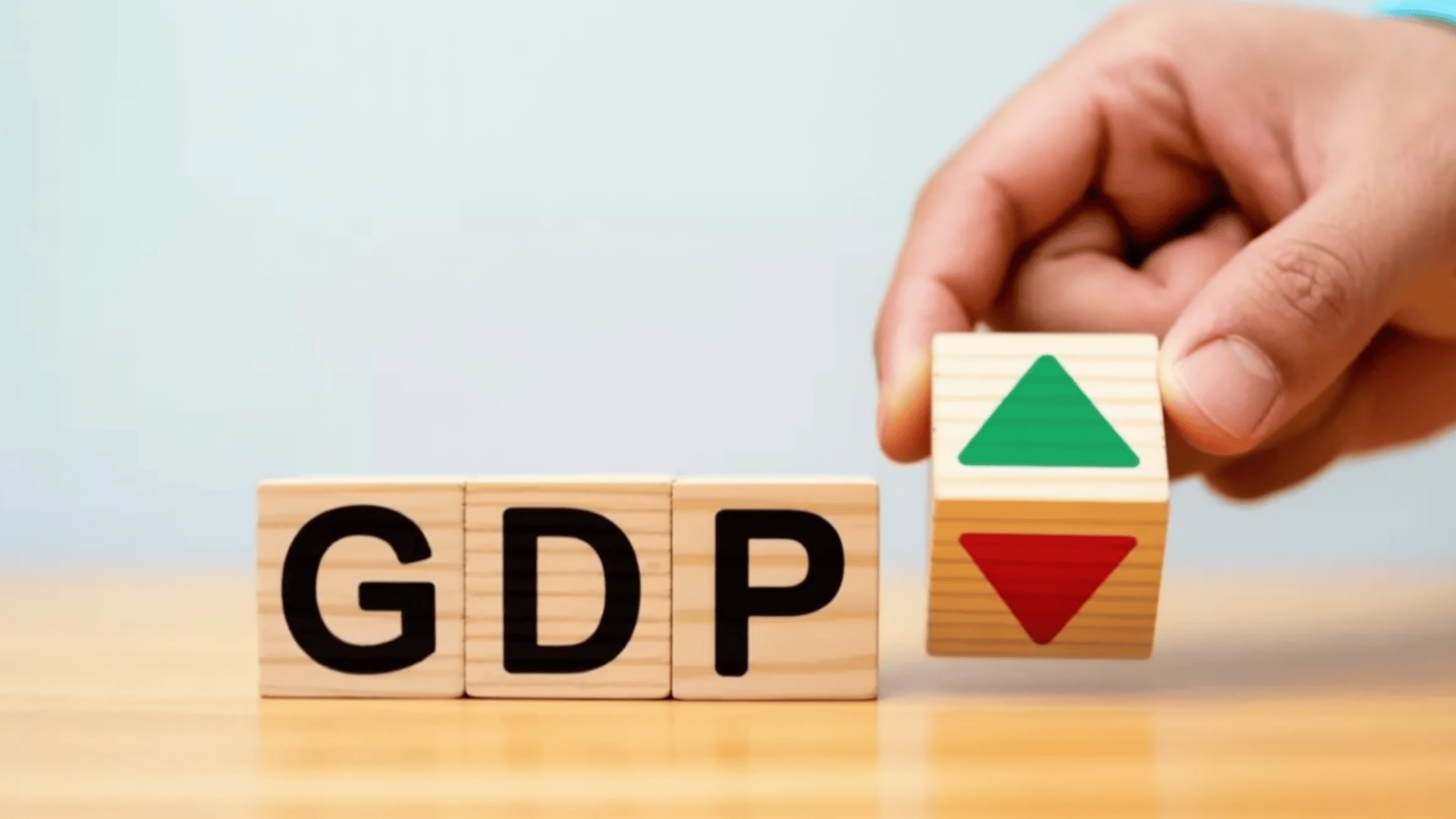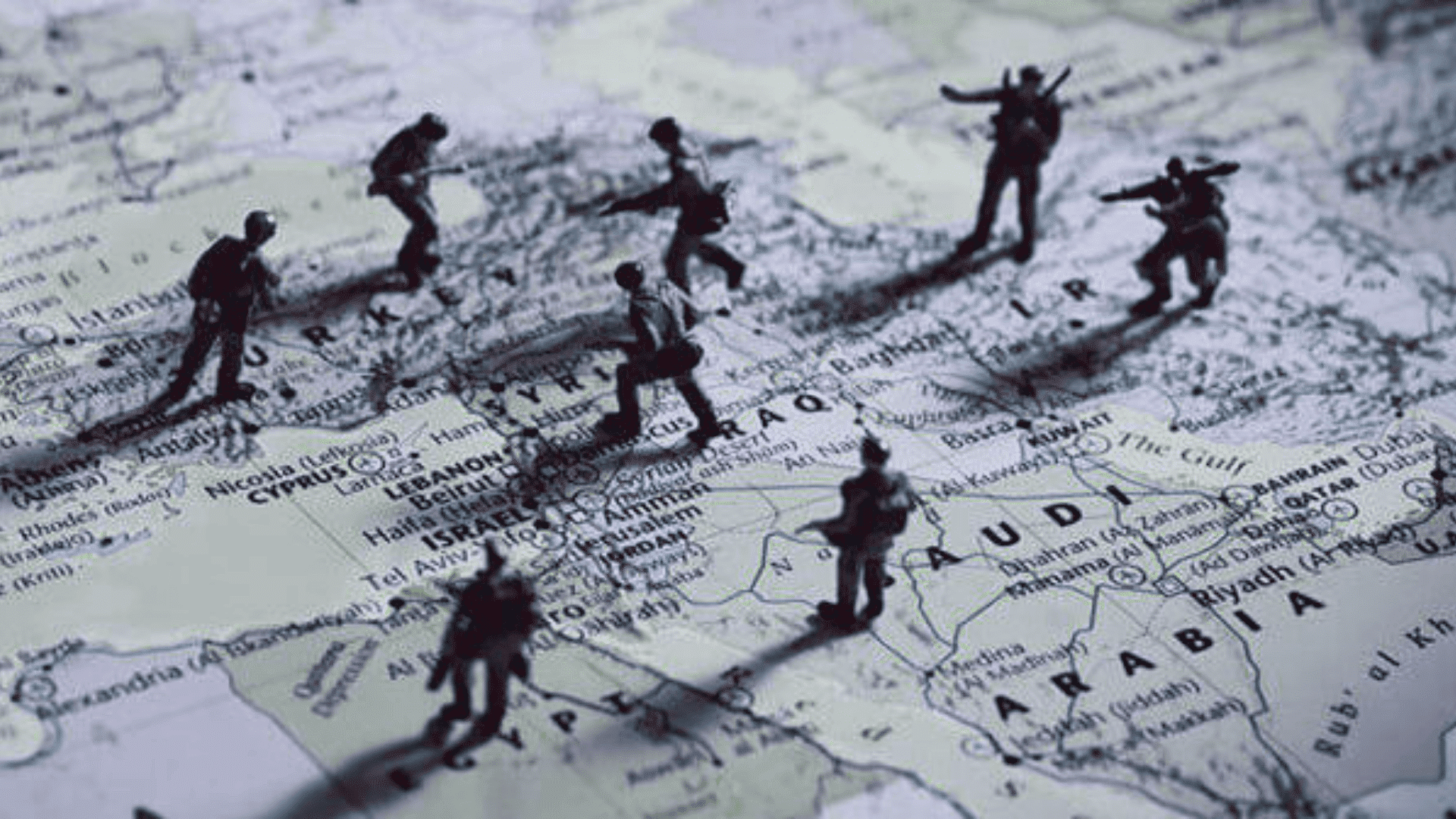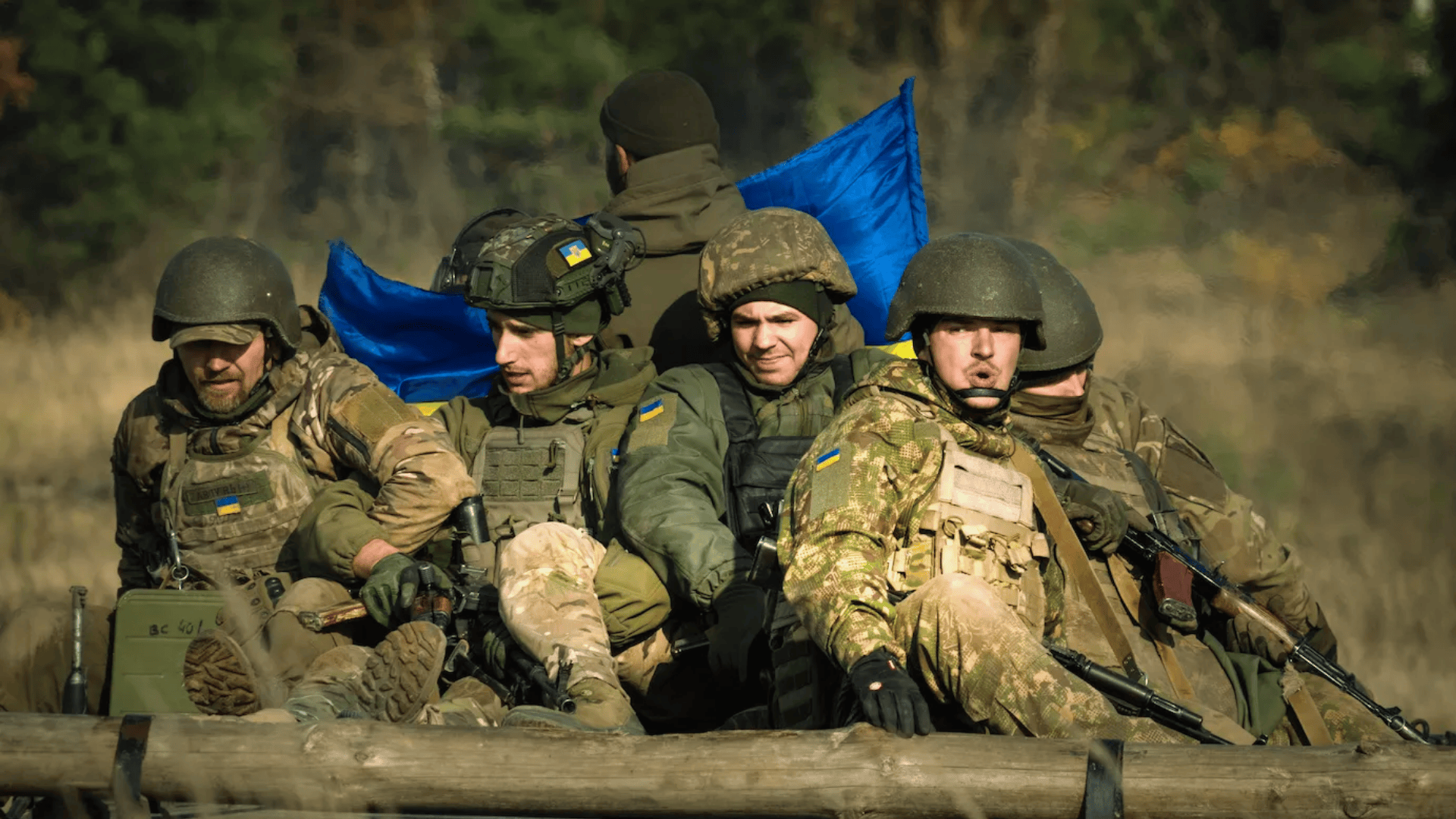Have you ever wondered why gas prices spike when tensions rise overseas?
Global conflicts don’t just affect the countries directly involved as they ripple through the world economy, touching every aspect of our daily lives.
The economic impact of war extends far beyond military spending.
From stock market crashes to food shortages, these conflicts significantly impact the global flow of money.
In this blog, I’ll explain how global conflict and markets are interconnected, why the cost of conflict continues to rise, and what this means for everyday people like you and me.
Economic Costs of Global Conflicts: Meaning
The economic costs of global conflicts encompass all the money lost, spent, or redirected due to war and international tensions. This goes way beyond just military budgets.
Direct costs are easy to see. These include military equipment, such as tanks and weapons, as well as the salaries of soldiers and medical care for wounded troops.
Countries also spend billions on base operations and moving supplies to war zones.
Indirect costs are often harder to spot but can be much larger. Businesses lose money when trade stops, and entire cities need rebuilding after a bombing.
Millions of refugees need housing and food, while environmental damage can take decades to repair.
When a major highway gets blocked, traffic doesn’t just stop on that road. Cars back up on side streets, deliveries get delayed, and people arrive late to work. Wars create similar blockages in the global economy.
How War Impacts GDP and Growth?

When countries go to war, their Gross Domestic Product (GDP), the total value of everything they produce, takes a serious hit.
Here’s what typically happens:
- Resources get redirected: Instead of building schools or hospitals, governments spend money on tanks and missiles. This shift means less investment in things that help economies grow long-term.
- Workers leave productive jobs: Young adults who could be starting businesses, teaching children, or building homes instead join the military or flee conflict zones.
- Foreign investment drops: Companies avoid investing in unstable regions. Who wants to build a factory in a war zone?
- Tourism disappears: The travel industry, which employs millions worldwide, suffers when regions become unsafe.
A country at war typically sees its economic growth slow by 2-3% annually compared to peacetime. For a large economy, this represents billions in lost wealth.
How is the Market Disrupted by Global Conflicts?

Global conflicts create a perfect storm for economic problems that affect everyone’s wallet. Here’s how wars directly impact your daily expenses:
- Supply shortages drive prices higher: When major producers are unable to export goods due to conflict, basic items become scarce. Food and fuel prices typically jump 20-50% during active conflicts.
- Energy costs spike overnight: Oil and gas prices react instantly to news of conflict. Gas station prices often rise within days of war breaking out, even in countries thousands of miles away.
- Factories shut down without materials: Manufacturing plants close when they can’t get raw materials from conflict regions. Auto factories halt production when steel supplies are interrupted.
- Small businesses face impossible choices: Local restaurants and shops struggle with higher costs for ingredients and supplies. Many raise prices significantly or close completely.
- Shipping becomes dangerous and expensive: Major shipping lanes close for safety when conflicts affect key waterways. This forces cargo ships to take longer routes that cost billions more.
Real World Examples of Economic Costs from Global Conflicts
Looking at recent history shows us the true scale of how war hurts the economy:
1. Middle East Conflicts (2001-2021)

Middle East conflicts cost the United States over $8 trillion alone. Oil prices jumped from $25 to over $100 per barrel during the peak fighting years.
2. Trade War Economic Impacts

The trade war impacts have hit farmers and manufacturers hard across multiple countries.
Agricultural exports declined by billions, while factory output decreased, and consumer electronics became significantly more expensive.
3. Regional Conflict Costs

Regional conflicts create massive economic ripples even when fighting stays localized. Tourism losses reach $10-50 billion annually, while infrastructure rebuilding often exceeds $100 billion per conflict.
Hidden and Long-Term Costs of Global Conflicts
The real economic costs of global conflicts extend decades beyond the fighting. Here’s what countries face after wars end:
| Cost Type | What It Includes | Long-Term Impact |
|---|---|---|
| Government Debt | War borrowing and interest payments | Future generations pay higher taxes for decades |
| Reconstruction | Rebuilding roads, schools, hospitals, and power grids | Costs run 3-5 times higher than the original destruction |
| Lost Opportunities | Canceled research, education, and business projects | Scientific and economic progress were delayed by years |
| Human Capital Loss | Skilled workers who flee, children who miss school | Entire generations lose earning potential and skills |
Who Ultimately Pays the Price?
The burden of global conflict costs falls unevenly across society. Here’s how different groups shoulder the financial impact:
1. Regular Citizens
They face the most direct costs from conflicts. Taxpayers fund military spending through higher taxes, while consumers pay more for goods due to supply disruptions.
Workers lose jobs when industries suffer, and families sacrifice loved ones who serve in conflicts.
2. Developing Countries
These often suffer the most severe economic damage from wars.
Poor nations have fewer financial reserves to weather shocks and depend heavily on exports that are disrupted by conflicts.
They receive more refugees while having less ability to rebuild damaged infrastructure.
3. Future Generations
The largest long-term burden from today’s conflicts is borne by them.
Young people inherit massive government debt from conflict spending and grow up with damaged infrastructure.
They miss educational opportunities and live with environmental damage that takes decades to repair.
4. Global Markets
Global Markets spread conflict costs worldwide through interconnected systems. International markets are becoming increasingly volatile, while supply chains are facing major disruptions.
Refugee populations create new economic pressures, and aid budgets increase to help affected regions.
Conclusion
The economic costs of global conflicts reach far deeper than most people realize. From immediate price spikes to long-term reconstruction debt, wars reshape economies for generations.
Every conflict creates financial consequences that touch families, businesses, and governments worldwide.
The next time you hear about rising tensions somewhere in the world, remember that the economic impact extends far beyond the battlefield.
It affects grocery prices, job opportunities, and your children’s future.
What aspects of global conflict costs concern you most? Share your thoughts as understanding these connections helps us all make better financial decisions.






































